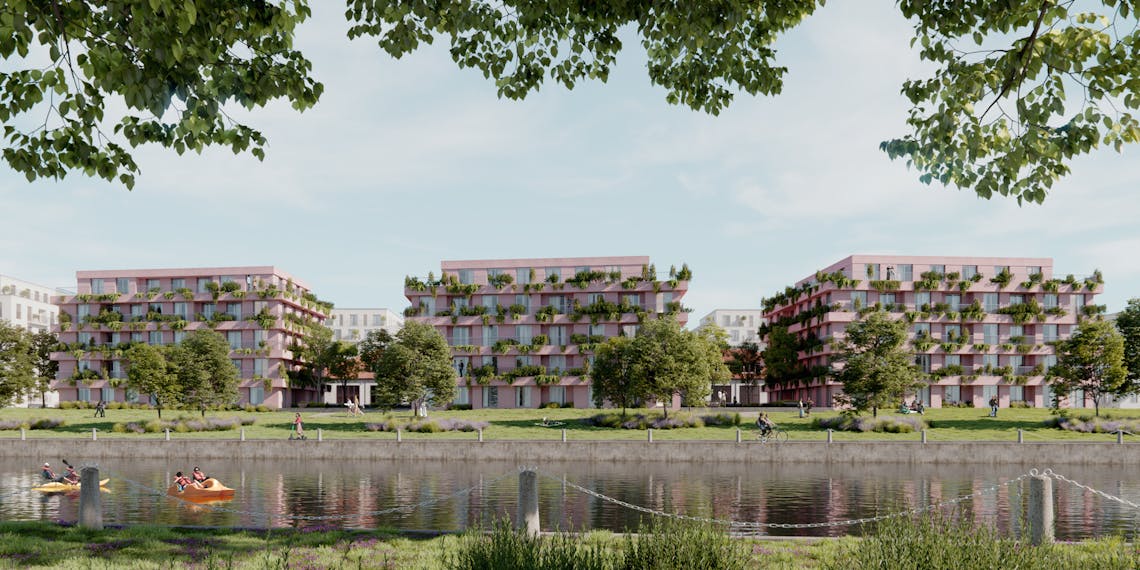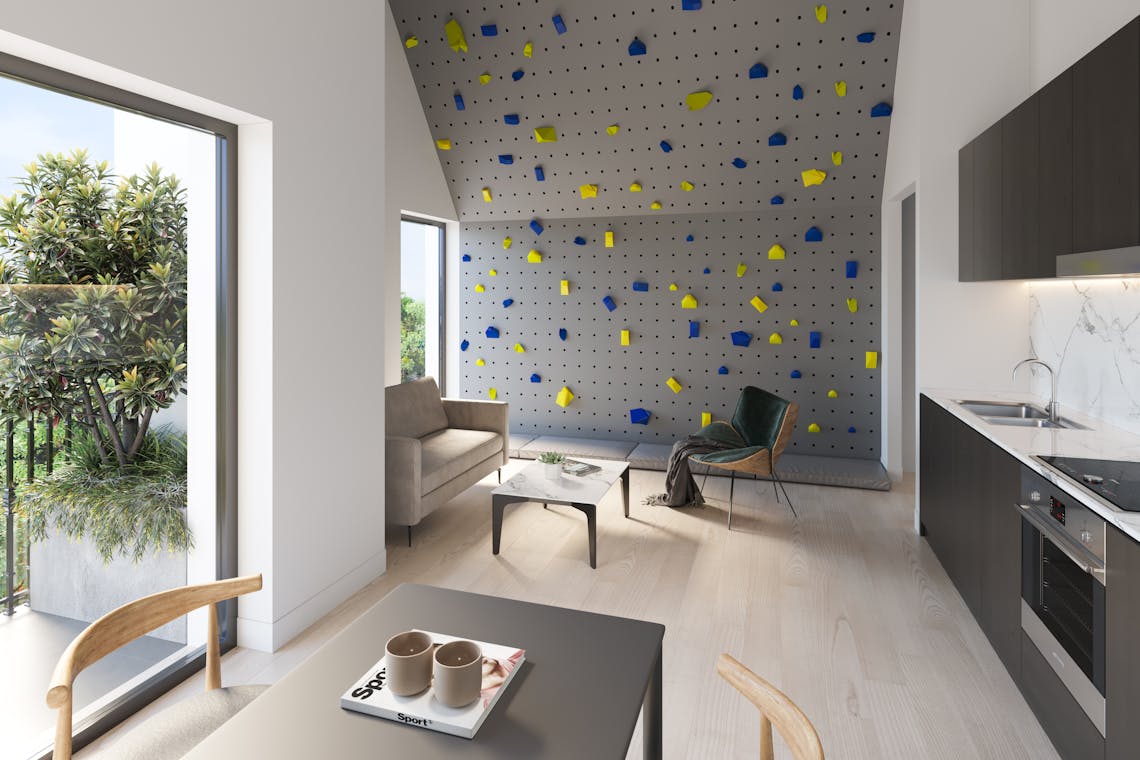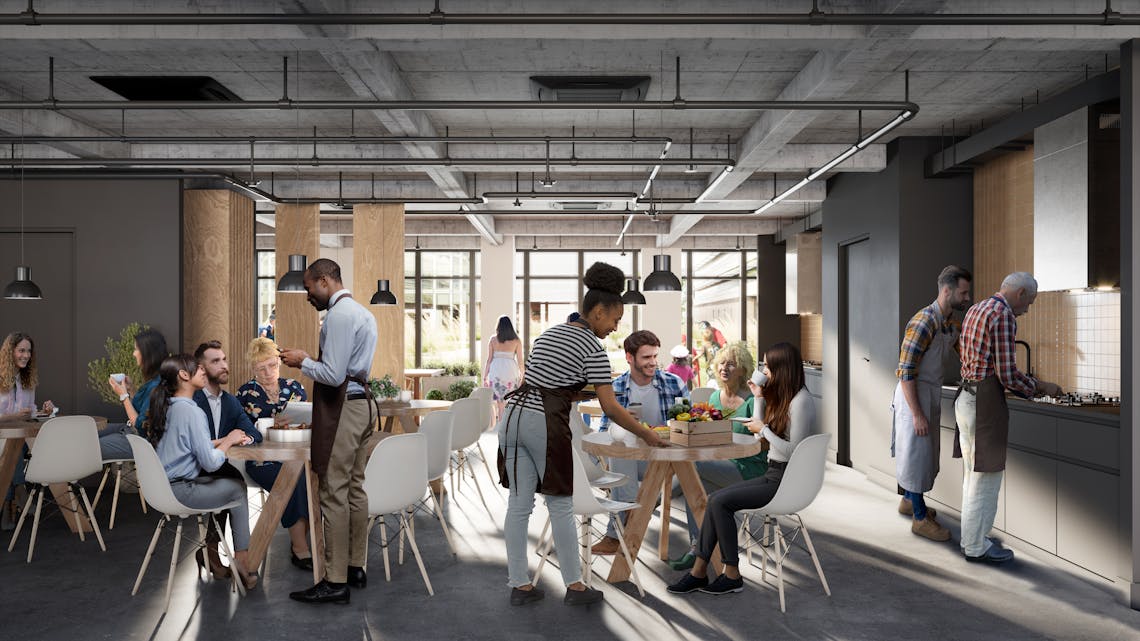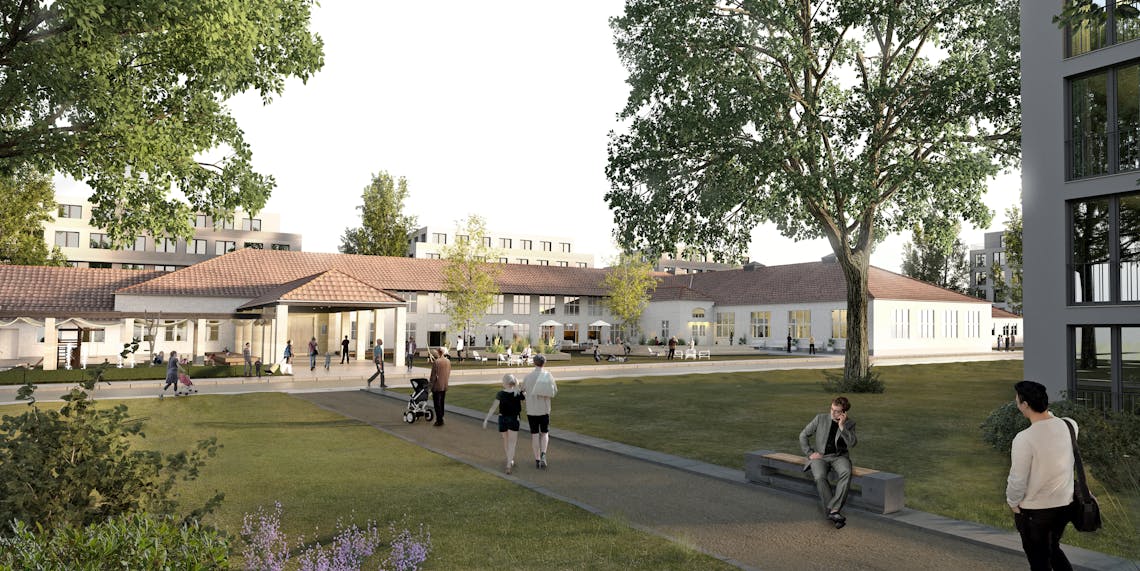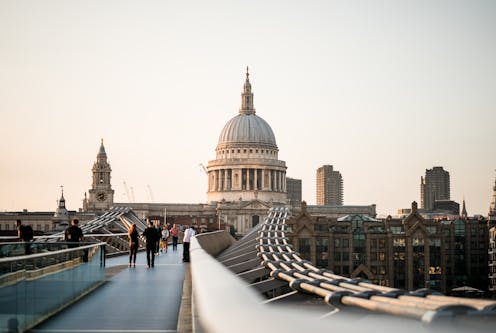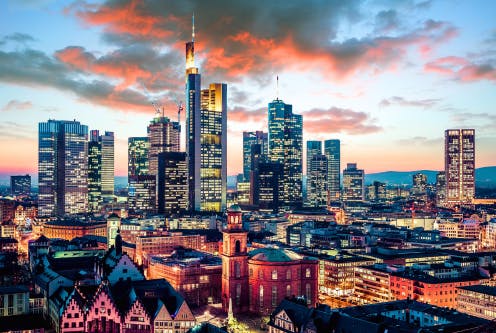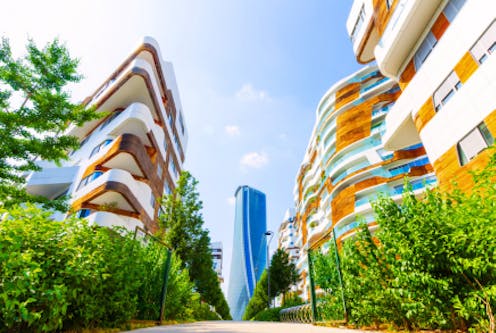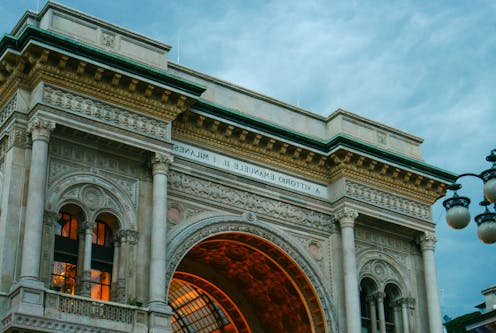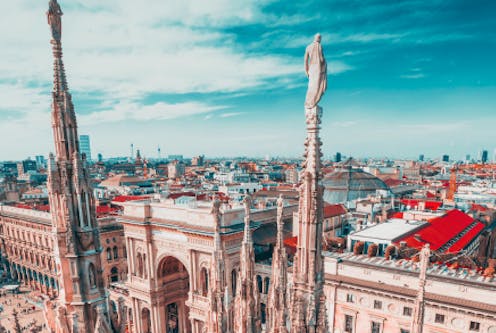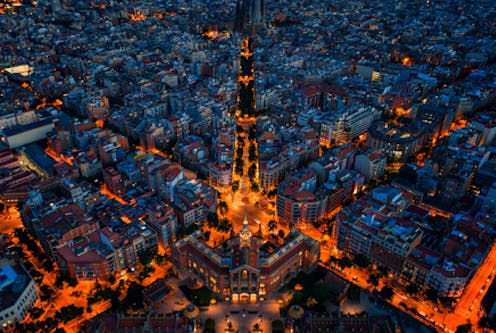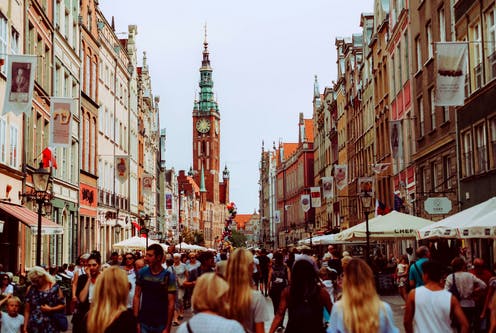After the Berlin wall fell in 1989, large sections of its concrete bulk were crushed and used to build motorways in the reunified city. Slabs were also used in home construction. And thus, Berlin, a place that had wrenched itself from the marshlands of the Brandenburg plains some 200 years ago, began to reinvent itself yet again.
When Germany finally unified in 1871, the little Prussian town hidden among the Havel lakes was first thrust into the international limelight as the new Imperial capital. Its population quickly doubled and then doubled again, hitting one million in 1877.
Dear quaint neo-classical Berlin was replaced by a bustling metropolis with cathedrals, universities, national government offices and vast factories. This phase ended in 1945 in the rubble of World War Two.
Berlin, stripped of its title as the national capital, was left as an edgy Western outpost in the hostile territory of the Warsaw Pact during the Cold War. Berlin, a city of squats and artists, had a defiant, raffish vibe that attracted the likes of David Bowie, Iggy Pop, Lou Reed and later Nick Cave.
Now, 30 years after the wall fell, the bulldozers are retreating, and the recrowned national capital is revealing its new form. Berlin may still be “too flat for a beauty pageant,” as a popular 1960s German song described it, but few places match it for glamour and grit.
Building on the past
Berlin’s modern image is based on the “poor but sexy” label of the 1990s. This saw it develop to become a vibrant place of innovative designs and offbeat concepts, along with a legendary nightlife that attracted the young and ambitious. This also saw Berlin develop as a tech startup hub. It is no Silicon Valley, but in the last 20 years, the city has become a huge lab of cultural experimentation thanks to its spirit of innovation and the once abundant space and cheap rent.
The last two are a thing of the past. Modern Berlin is experiencing soaring rents, which increased 85% between 2007 and 2019. This is impacting the population, of which 80% rent their homes. The demand for housing will only continue as the city is expected to grow to 3.96 million residents by 2040 (up from 3.64 million today), further tightening the housing supply.
This makes projects like PATRIZIA’s Havelufer Quarter all the more critical. Berlin wall slabs may be in short supply to build housing on, but PATRIZIA and project developer KAURI CAB are together creating 1,800 rental apartments on the site of an old industrial factory in Spandau.
The Havelufer Quarter features accommodation ranging from one-room to five-room apartments, townhouses, barrier-free senior apartments and co-living apartments on an area of 130,000 square meters at Streitstraße 5-19 in Berlin-Spandau. Currently, 16 new homes are under construction, and four landmark buildings are also being converted. Completion is scheduled for 2024.
“We deliberately combine flats for singles and families with senior living, co-living and social housing. Some 67 social units are included in our project and another 229 social housing units built by HOWOGE, explains Haug.”
Located 3 kilometres north of the Spandau train station, the ten-hectare freehold site benefits from zoning and planning consents for a waterfront city quarter with views across the Havel River. As well as having a waterfront location and nearby forests, this upcoming area of Spandau is no longer blighted by the landing/take-off path of the now-closed Tegel airport.
The area is projected to have above-average Berlin population growth to 2030. New jobs are to be created with several significant new urban developments, including Siemens 2.0, a EUR 600 million investment into a new R&D campus by Siemens in nearby Siemensstadt and the redevelopment of the former Tegel airport as a new technology centre, the Urban Tech Republic.
Something old, something new
The Hafelufer Quarter is only one of many investments PATRIZIA has made in Berlin in recent decades. PATRIZIA has been involved in many office buildings and developments across the city.
For example, in 2019, PATRIZIA purchased the award-winning Treptower in Mediaspree, which has since developed into one of the most attractive residential neighbourhoods for young professionals. PATRIZIA also purchased the Coca-Cola ‘crate of bottles’ building in 2016 when Mediaspree was only beginning to take off.
“We’ve always been first-movers, and we were looking for something in Berlin that was well-established but with potential for substantial growth”, says Flavio Casero, Managing Director, Fund Management at PATRIZIA, on the decision to buy the Coca-Cola building.
“With digital startups becoming the business of the city, we wanted to understand how they chose locations, and we found the biggest factor was being close to the talent. Mediaspree borders the hip areas of Friedrichshain and Kreuzberg. And that talent, millennials, want to cycle to work. “They want to be close to bars. They want to be able to work and party in the same location and also live nearby.”
PATRIZIA has also invested in the past, maintaining the vital essence of historic buildings and ensuring they remain rooted in the surrounding urban environment. For example, Grenander Haus is an iconic building from a forgotten Berlin architectural genius. Every public transport user in Berlin travels on the legacy of Alfred Frederik Elias Grenander, even if few remember his name.
Historic Berlin
Another iconic building PATRIZIA is developing is the Postbahnhof, a listed building steeped in history. Originally built as a rail hub for parcel delivery, it was converted into an office and event space in the mid-90s. It consists of two buildings, each approximately 100m long, which are positioned opposite each other with two smaller buildings located between them.
The site includes around 9,100 sq. m of high-quality office space occupied by e-commerce businesses Zalando and Kayak. PATRIZIA is undertaking extensive renovation on the remainder of the site, which will see the former event space converted into an additional 3,600 sq. m of modern office space. Work will be finished later in 2023.
The PATRIZIA European City Index ranks Berlin as Europe’s third most attractive city. Already the formal capital of Germany, Berlin is the informal capital of the European Union (with Brussels playing second fiddle).
Given its stability and affordability against a European backdrop, its position as a worldwide innovation centre and an established hub for major multinational companies, Berlin remains an attractive destination for institutional capital.




